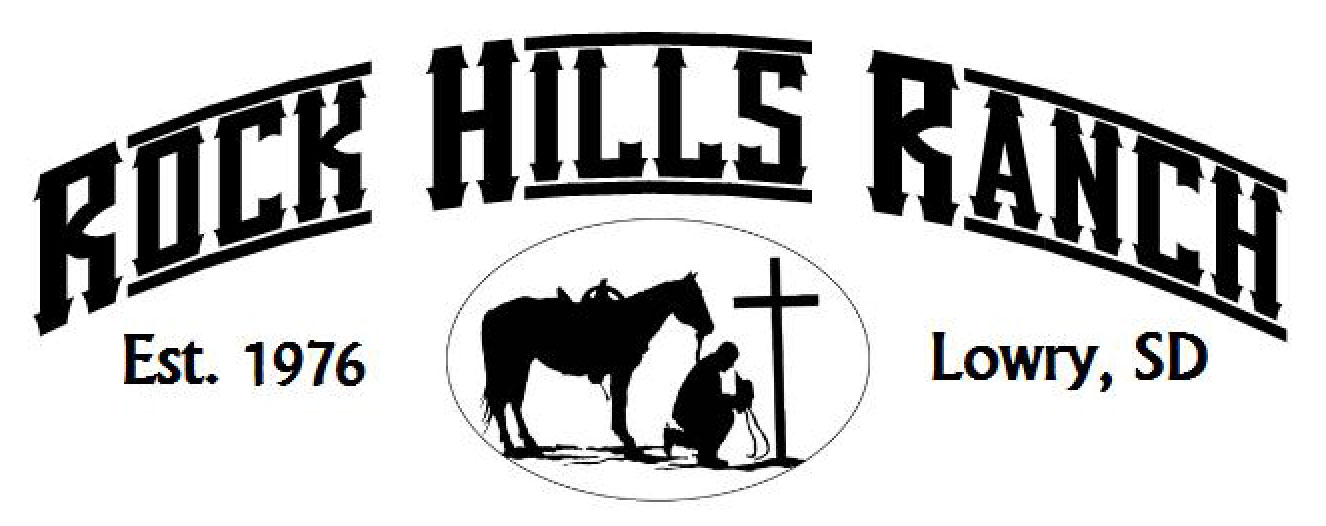The weather has turned colder but the hunting is as hot as ever around here.
Pheasant season opened the third weekend in October as always. The Wisconsin "Poachers" made their annual trip west to hunt here for the first five days of the season. They had enough to shoot at, but with all the corn yet to be harvested and pleasant weather, there were not large numbers of birds in the food plots.
Tom Quinn, et al came for the first weekend of November and did quite well…as a group anyway. One member of the group, who shall remain nameless, had a rough go of things. But with the constant nagging and harassing strong support and encouragement of his peers, he plans to come out with the guys again in December to "face his demons." That's what friends are for, especially hunting buddies. They can really remind you of how far you've come. Or not let you forget how bad you were, but I like to see the glass as half-full.
Rob Sundy met up with three of his old friends for a very successful four-day hunt. Despite some brutally cold winchills, these men limited every day. By the time they came, the corn was virtally all out of the fields and with the cold weather, the birds were holed up in the heavy cover and food plots. It made for some explosive hunting opportunities when they got into the birds.
We've got some Missourians here this Thanksgiving week. Yesterday they came up a few short, but today they were just one off their limit. It's their first time here so there's some learning to do on where, when, and how to hunt our property. They seem to be doing well.
Rifle deer season opened last weekend and goes through next weekend. There have been some nice bucks taken in the area. Archery has been open since late September. We have much of the ranch enrolled in public walk-in area, so we often don't get to see the deer that are taken on our place.
I've uploaded some new photos in the hunting album, so be sure to check it out!


